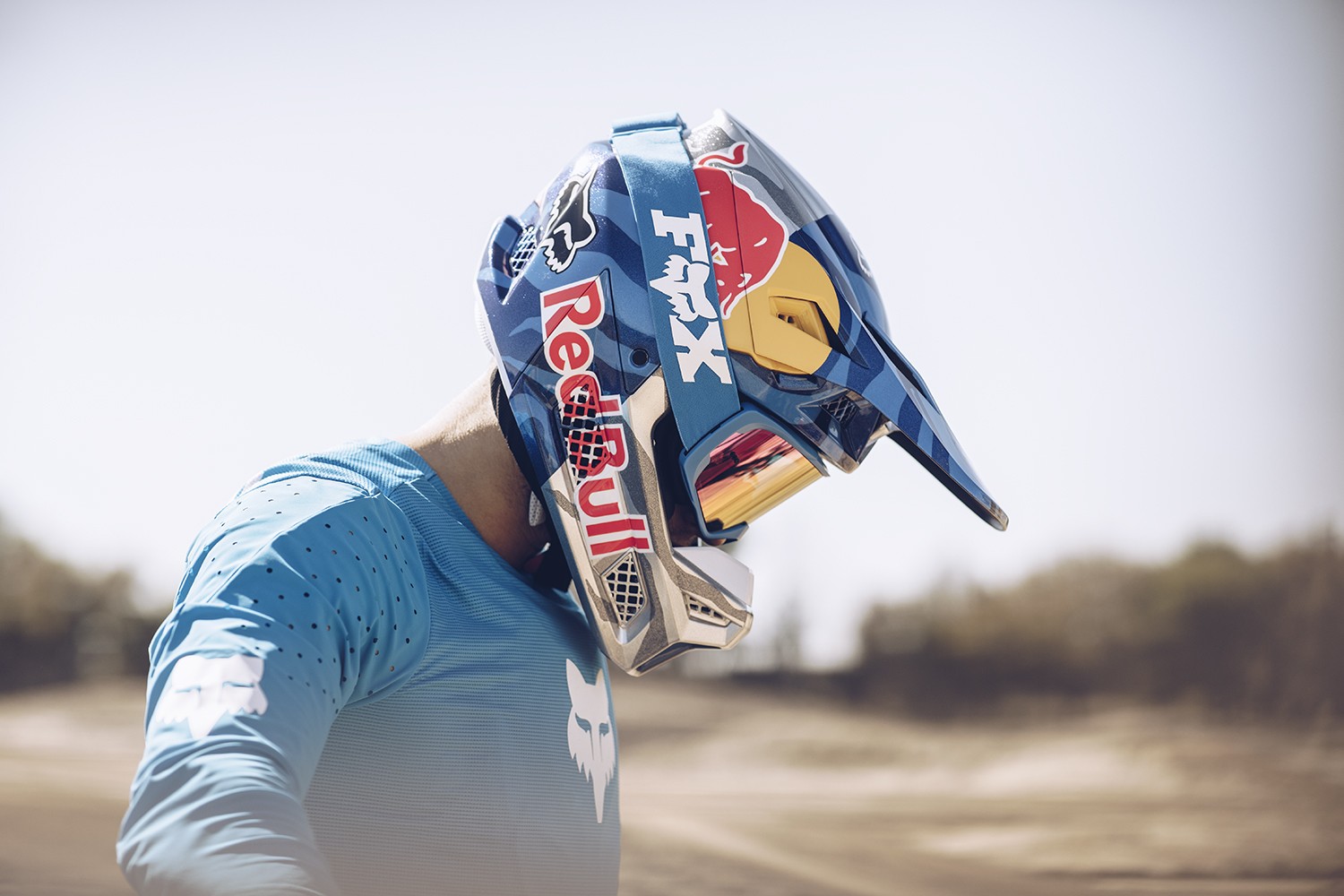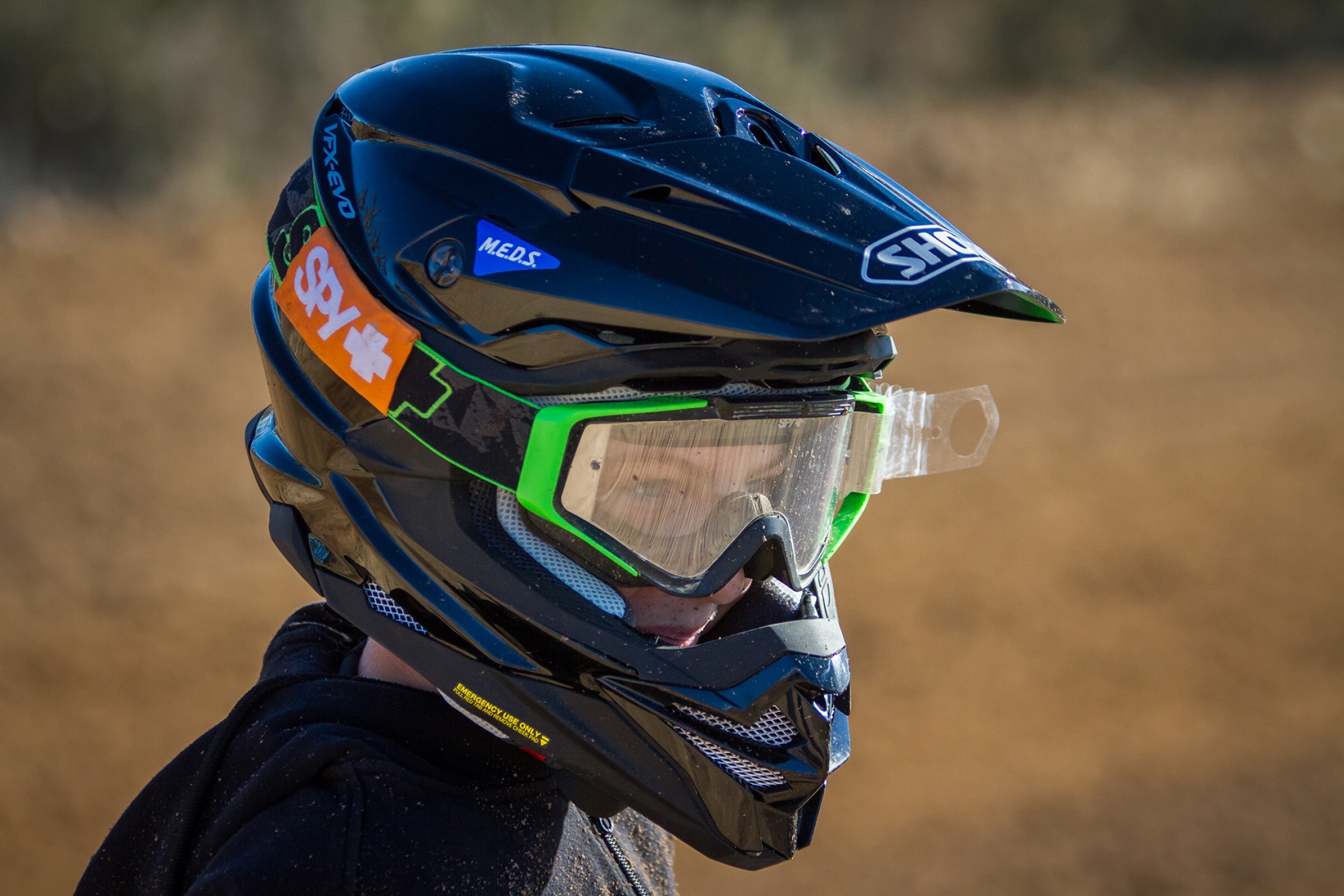When it comes to off-road motorcycle helmets, two of the most popular brands are Shoei and Bell. Their VFX Evo and Moto 9 Flex models are among the best in the market, and riders often find themselves choosing between the two. We will compare the Shoei VFX Evo and the Bell Moto 9 Flex to help you decide which one is the best choice for you.
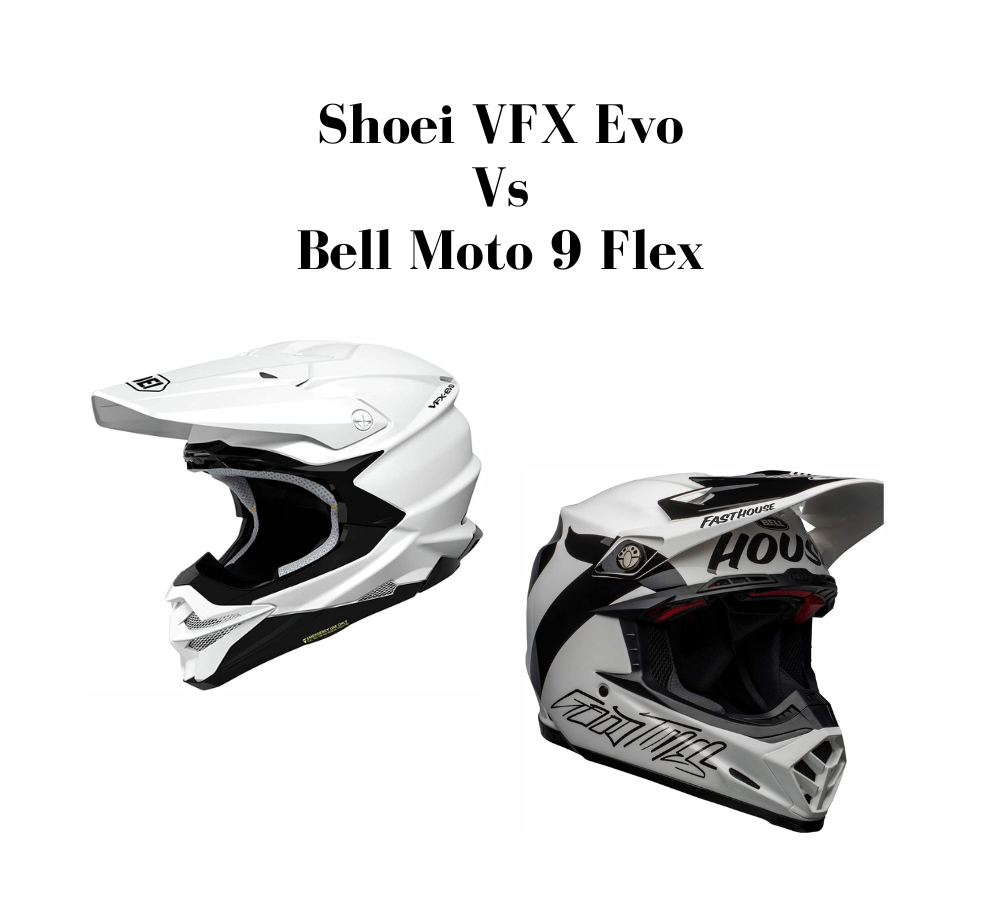
In this comparison, we are going to talk about:
- What is Off-road Helmet
- What are Shoei VFX Evo and Bell Moto 9 Flex
- How are the Design of Shoei VFX Evo and Bell Moto 9 Flex
- How are the Ventilation of Shoei VFX Evo and Bell Moto 9 Flex
- Are Shoei VFX Evo and Bell Moto 9 Flex Comfortable
- How are the Safety Standards of Shoei VFX Evo and Bell Moto 9 Flex
- Shoei VFX Evo Vs Bell Moto 9 Flex
Off-road Helmet
Off-road riding can be an exhilarating experience, but it can also be dangerous without the proper safety gear. One of the most important pieces of safety gear you can invest in is an off-road helmet. Not all helmets are created equal, and when it comes to off-road riding, there are certain features you should look for to ensure maximum protection and comfort.
First and foremost, the helmet should meet safety standards set by organizations such as the Department of Transportation (DOT) or the Snell Memorial Foundation. These standards ensure that the helmet has been rigorously tested and meets minimum safety requirements. Look for a sticker on the helmet that indicates it meets these standards before making a purchase. Next, consider the construction of the helmet. Off-road helmets are typically made from lightweight materials such as carbon fiber, fiberglass, or polycarbonate. The lighter the helmet, the less strain on your neck and shoulders during extended riding sessions. However, a lighter helmet does not necessarily mean it is less protective, as many helmets use advanced materials and construction techniques to provide both protection and lightweight design.
Another important feature to look for in an off-road helmet is ventilation. Off-road riding can be physically demanding and result in increased body temperature and sweating. Proper ventilation in a helmet will allow air to flow through the helmet and keep you cool and comfortable during long rides. Look for helmets with large vents and exhaust ports that allow for optimal airflow. Comfort is also a crucial factor when it comes to choosing an off-road helmet. A helmet that is too tight or uncomfortable to wear for extended periods of time can be distracting and decrease focus while riding. Look for helmets with multiple sizing options and padding that conforms to the shape of your head for a comfortable fit. Read Also: Smith Venture VS Giro Chronicle
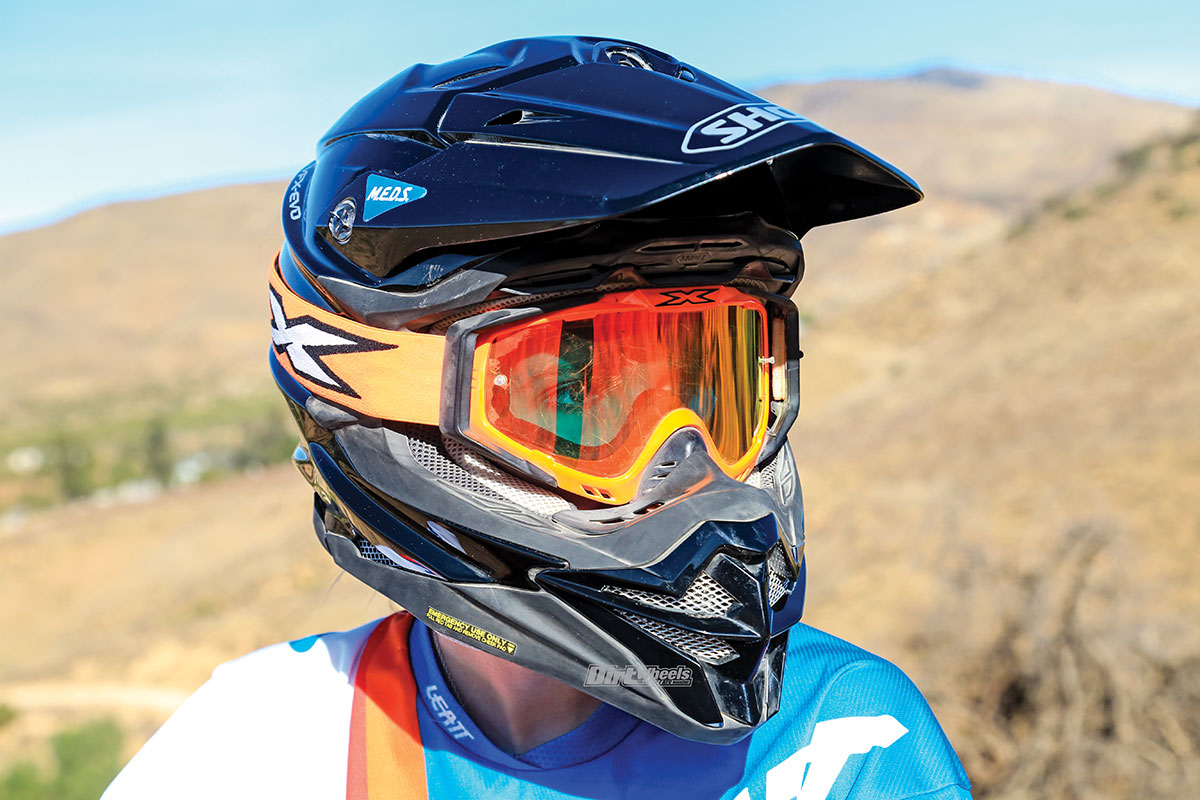
Ultimately, when choosing an off-road helmet, it is important to prioritize safety, comfort, and ventilation. Consider your personal preferences and budget when making your decision, and always make sure the helmet meets safety standards set by organizations such as DOT or Snell. Take the time to try on multiple helmets and consult with experts in the field to ensure you are making the best choice for your needs.
| Shoei VFX-EVO | Bell Moto 9 Flex | |
|---|---|---|
 |  |
|
| Product Dimensions | 14.5 x 11 x 11.5 inches | 15.35 x 11.42 x 12.6 inches |
| Shipping Weight | 3.36 pounds | 5.4 pounds |
| Shop now at Amazon | Check price | Check price |
About Shoei VFX Evo and Bell Moto 9 Flex
The Shoei VFX Evo is a popular choice among off-road riders due to its modern design and affordable price point. The helmet features a lightweight shell made from advanced composite materials and a Dual-Layer, Multi-Density EPS liner for superior impact absorption. It also includes a six-ply matrix AIM+ shell construction that provides excellent ventilation and airflow. The VFX Evo also features a removable and washable interior for easy maintenance and a customizable fit. The Bell Moto 9 Flex is another popular off-road helmet that is known for its superior ventilation and impact protection. The helmet features a lightweight carbon composite shell and a three-layer Flex Impact Liner that provides superior impact absorption. The Moto 9 Flex also includes a Velocity Flow Ventilation system that maximizes airflow and keeps you cool during long rides. The interior of the helmet is fully removable and washable for easy maintenance and includes a variety of customizable padding options for a perfect fit.
Shoei VFX Evo and Bell Moto 9 Flex Design
The Shoei VFX Evo has a sleek and modern design that features a hand-laid interwoven matrix shell construction, which is designed to provide optimal impact absorption. Its shell is made from Shoei’s proprietary AIM+ (Advanced Integrated Matrix Plus) technology, which uses a blend of fiberglass and organic fibers to create a lightweight and durable helmet. The VFX Evo also features a dual-layer multi-density EPS liner, which enhances impact absorption while maintaining a low profile. On the other hand, the Bell Moto 9 Flex has a more traditional design that features a composite Tri-Matrix shell construction, which is designed to absorb impact energy efficiently. Its shell is made from a combination of Kevlar, carbon fiber, and fiberglass, which makes it both lightweight and durable. The Moto 9 Flex also features a segmented EPS liner that is designed to manage energy during impact.
Shoei VFX Evo and Bell Moto 9 Flex Ventilation
Proper ventilation is crucial for off-road helmets as it helps to regulate temperature and keep the rider comfortable during hot and humid conditions. The Shoei VFX Evo features 16 intake and exhaust vents in total that work together to create a constant airflow throughout the helmet. Its dual-layer EPS liner also features channels that allow for increased airflow and ventilation. The Bell Moto 9 Flex, on the other hand, features a Velocity Flow Ventilation system that utilizes a combination of vents and channels to provide superior airflow and ventilation. Its segmented EPS liner also has internal air channels that help to maximize airflow and regulate temperature. Read Also: Smith Venture VS Forefront
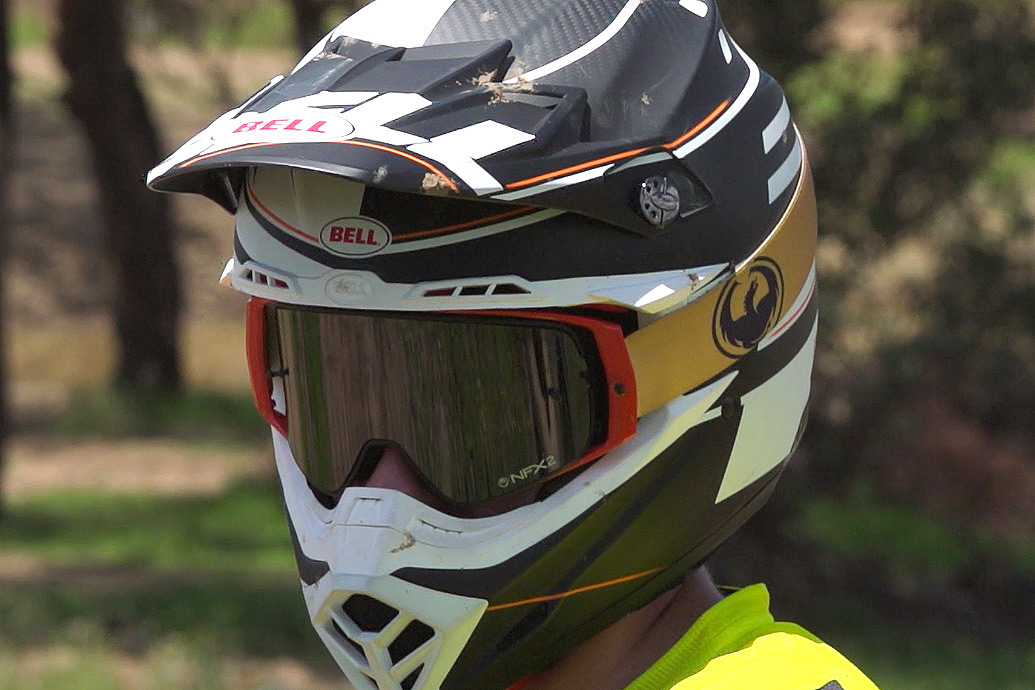
Shoei VFX Evo and Bell Moto 9 Flex Comfortable
The Shoei VFX Evo weighs in at approximately 5.4 pounds, which is considered to be a lightweight helmet. Its interior is lined with a 3D Max-Dry system II that is designed to absorb and wick away moisture, which helps to keep the rider dry and comfortable. The VFX Evo also features a removable and washable interior, which makes it easy to maintain. The Bell Moto 9 Flex also has 5.4 pounds. However, it also features a ionic+ antimicrobial that is designed to keep the rider dry, odor managed and comfortable. The Moto 9 Flex also has a removable and washable interior that is easy to maintain.
Shoei VFX Evo and Bell Moto 9 Flex Safety Standards
Both the Shoei VFX Evo and the Bell Moto 9 Flex meet the safety standards set by DOT and Snell. The DOT (Department of Transportation) standard is a mandatory requirement for all helmets sold in the United States, while the Snell standard is a voluntary certification that exceeds the DOT standard. In addition, Bell Moto 9 Flex has ECE certification on their helmet.
Which is Good: Shoei VFX Evo Vs Bell Moto 9 Flex
In conclusion, both the Shoei VFX Evo and the Bell Moto 9 Flex are excellent off-road helmets that offer superior protection, comfort, and ventilation. The VFX Evo has a sleek and modern design that is both lightweight and durable, while the Moto 9 Flex has a more traditional design that is also lightweight and durable. Both helmets meet the safety standards set by DOT and Snell and offer excellent ventilation and moisture-wicking properties. At the end of the day, the Shoei VFX Evo and Bell Moto 9 Flex are both exceptional helmets that are sure to provide superior protection and comfort during off-road riding. Consider your personal preferences and budget when making your decision and always prioritize safety above all else.
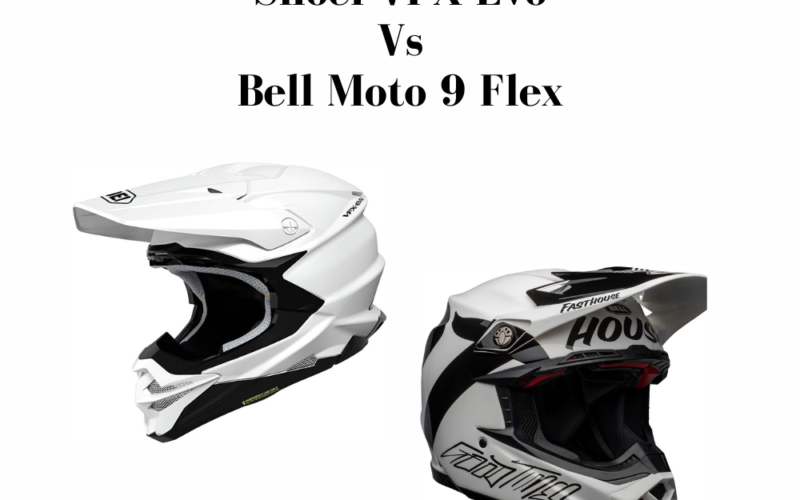
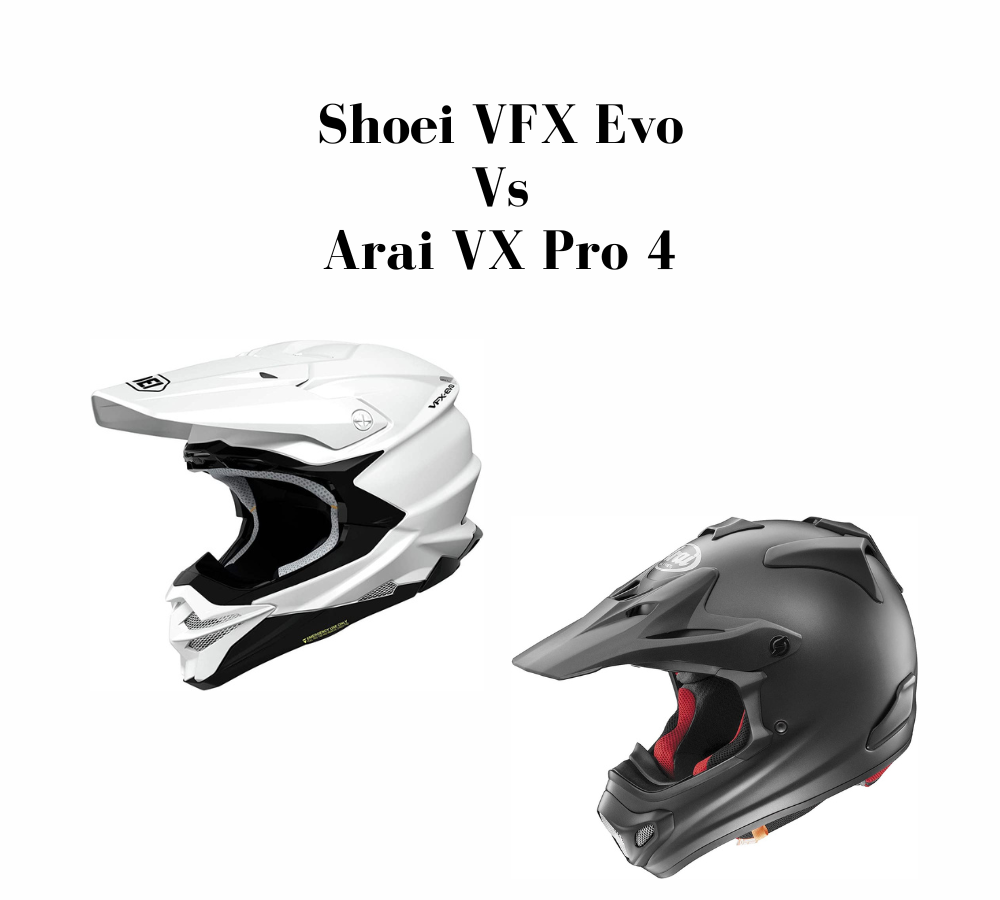
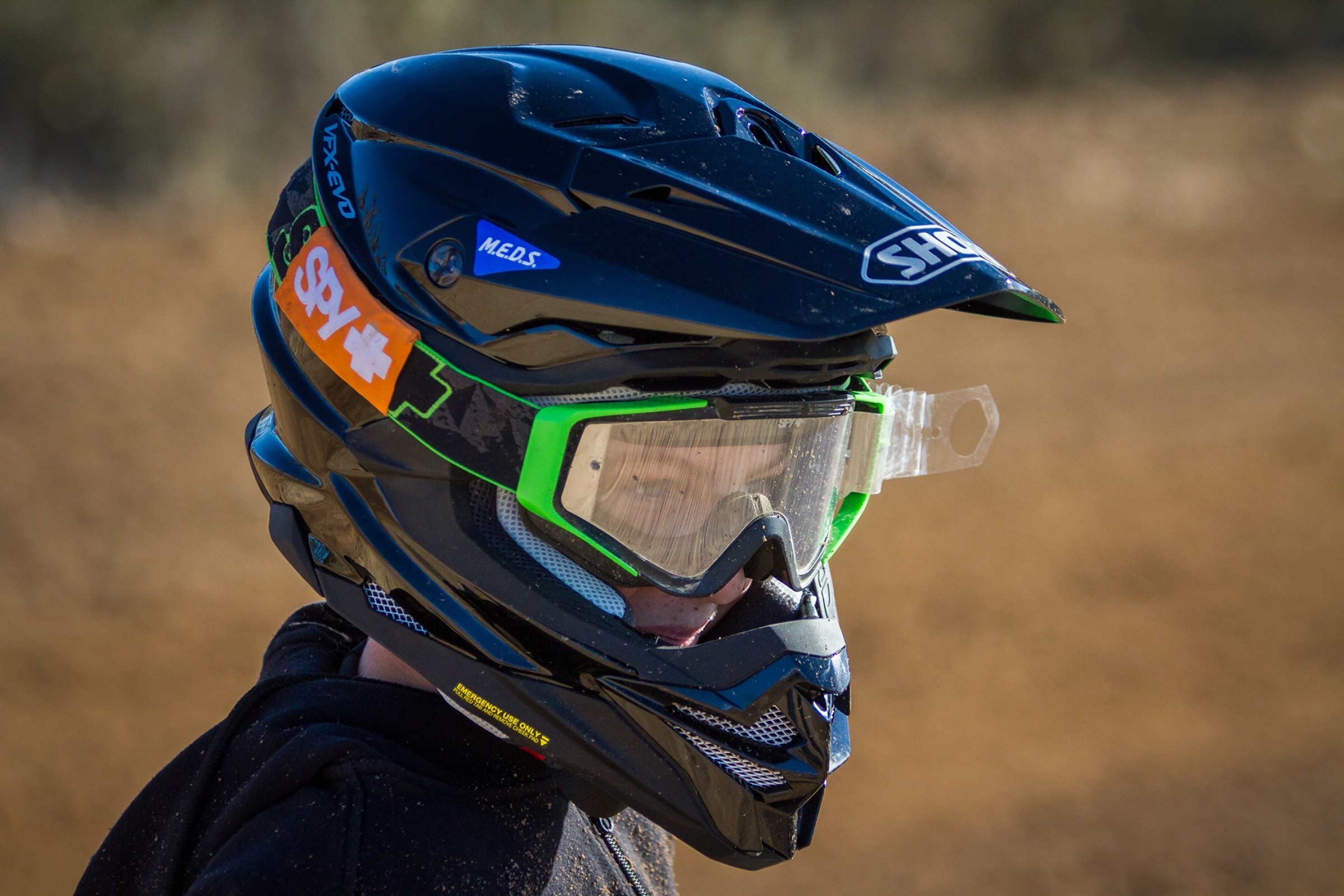

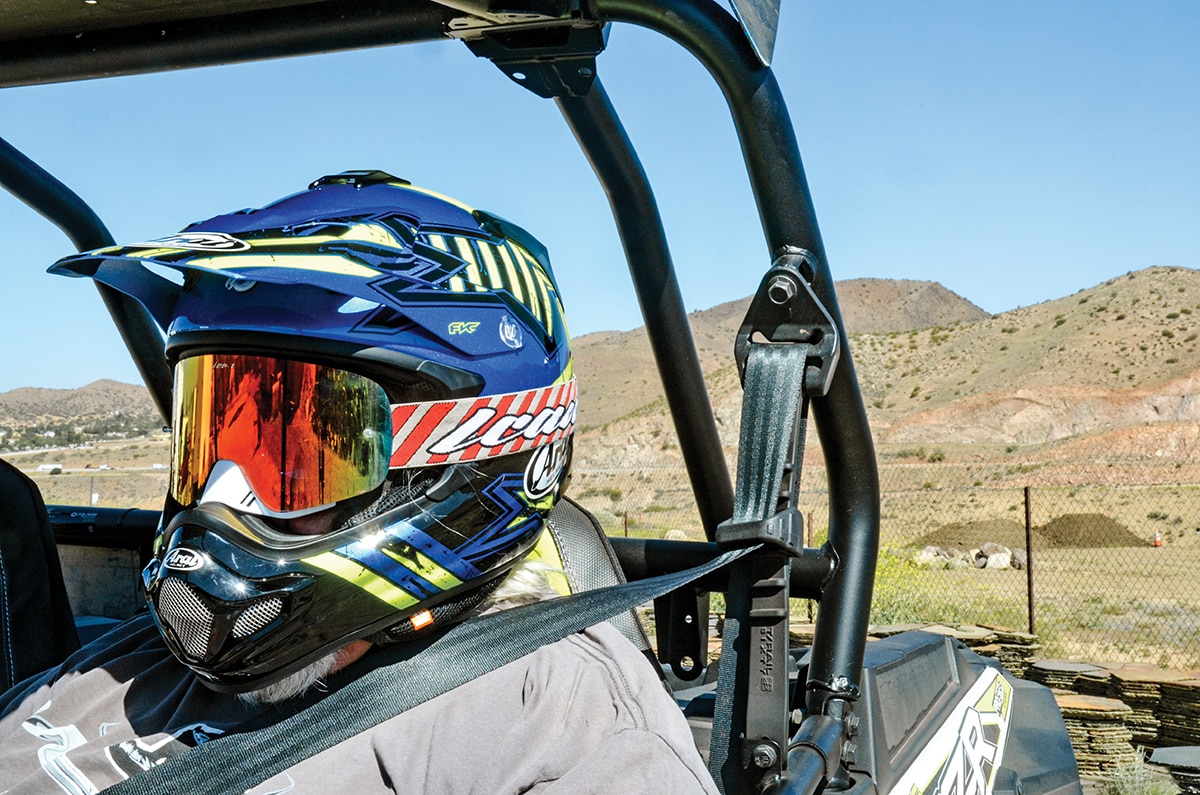
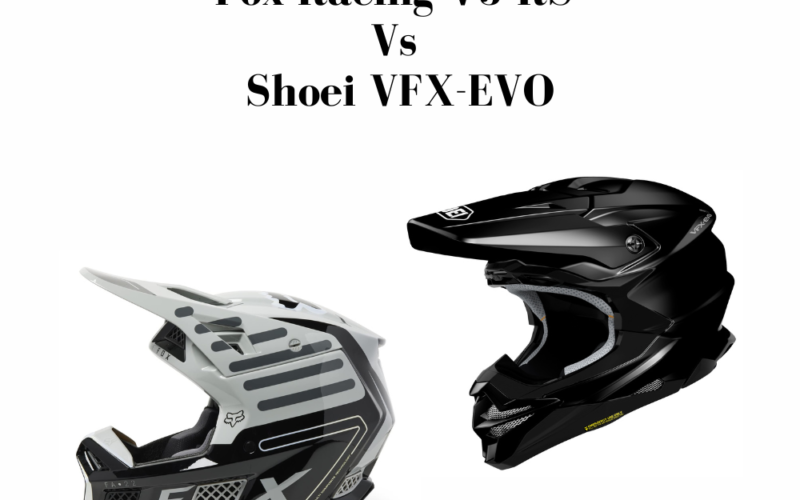
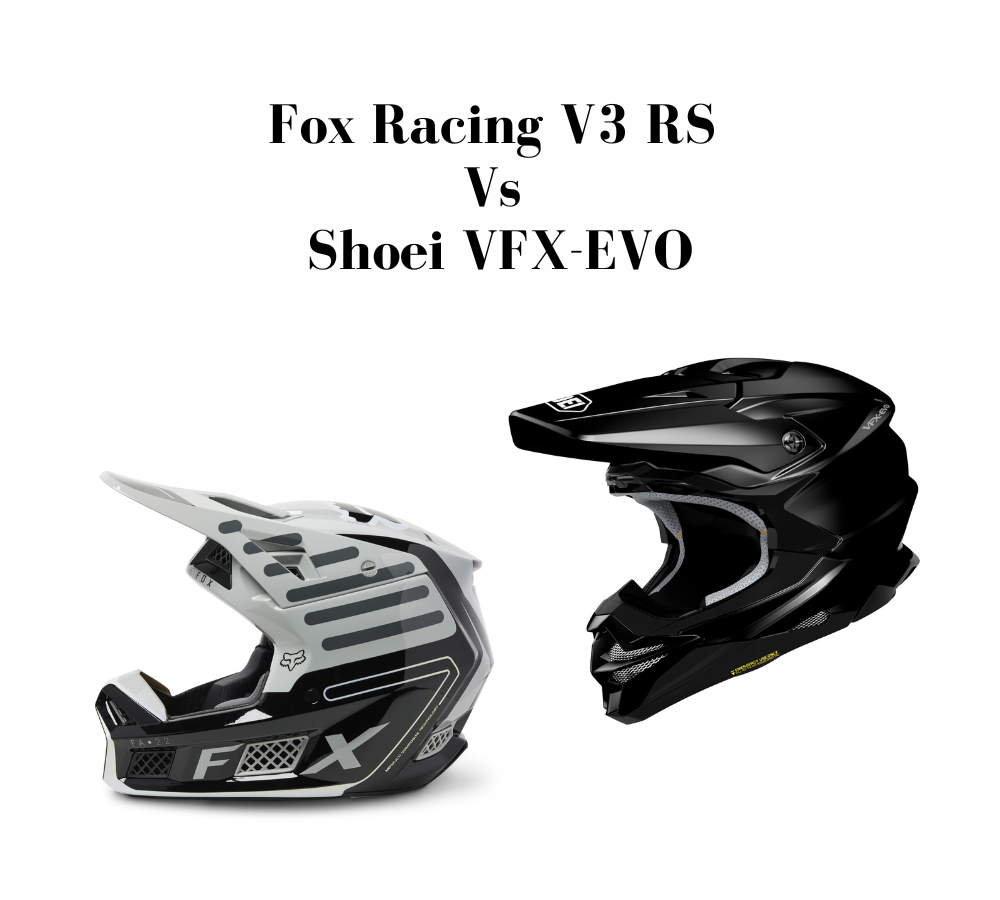 In this comparison, we are going to talk about:
In this comparison, we are going to talk about:
